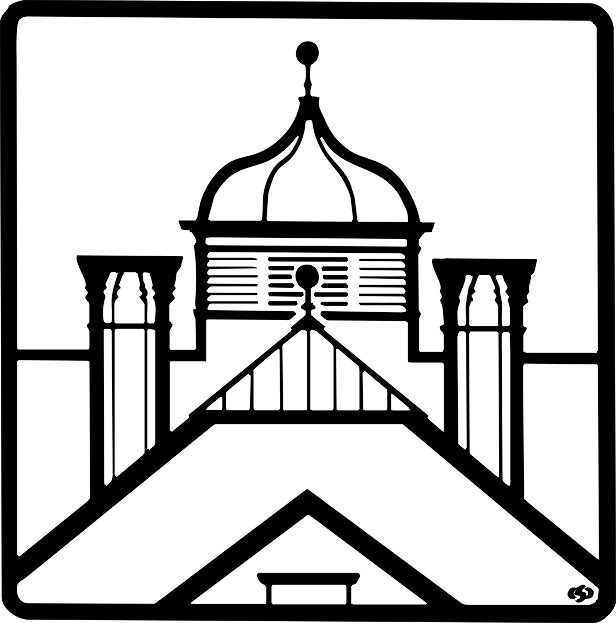“The Gateway”
Outside view, Burden Iron Works Museum, Troy, NY
Paymaster Entrance, Burden Iron Works Museum, Troy, NY
The Gateway was founded in 1972 to celebrate and preserve the rich industrial heritage of New York’s Capital District, particularly in the municipalities of Troy, Watervliet, Cohoes, Green Island, and Waterford. This region, at the confluence of the Hudson and Mohawk Rivers – and later the eastern terminus of the Erie Canal – played a prominent role in the eighteenth century American Industrial Revolution, and remained a major industrial center through the middle of the twentieth century. Some notable regional industries included:
• Iron. In the mid-nineteenth century, only the Pittsburg region produced more iron than Troy. Industries related to iron such as horseshoes (including the first machine-made horseshoes) and cast iron stoves also prospered.
• Textiles. The detachable collar and cuff was invented in Troy and at one time large textile mills lined the Hudson River.
• Bells. This area produced more bells than anywhere else in the country, including the replacement for the Liberty Bell.
• Precision Instruments. Troy was a center for making surveying instruments and other precision instruments, including the unique Arms Dividing Engine.
Click here for a more detailed history of the industrial development of the region.
Many significant artifacts of the region’s industrial past are displayed at the Burden Iron Works Museum operated by the Gateway. The museum is located in the Burden Iron Works Office Building, which also serves as the Gateway’s headquarters.
The Gateway advocates for the preservation and adaptive reuse of buildings associated with the region’s industrial past. The Gateway tour program interprets the region’s industrial past and highlights contemporary industries that maintain the region’s industrial tradition.
The Gateway is organized as a 501(c)(3) non-profit organization, so any donations are tax deductible to the full extent of the law. Click here to view the latest IRS Form 990 filing.

